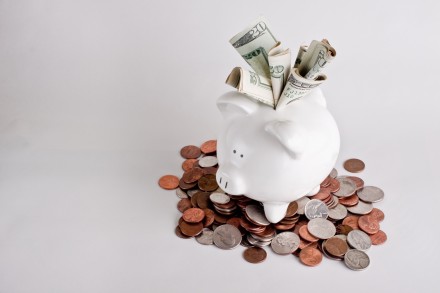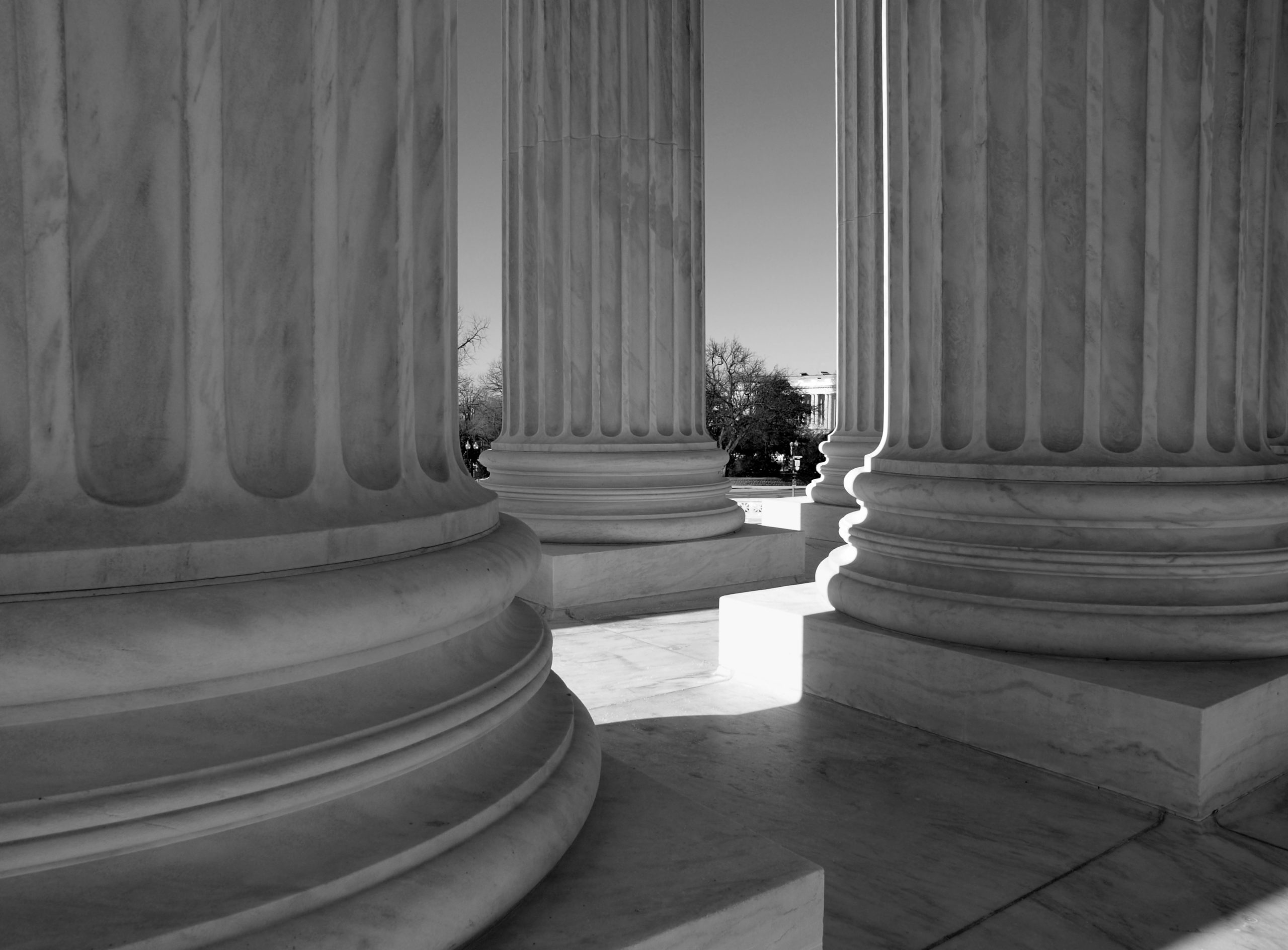Extremist judges will not stop endangering the lives of pregnant people or people who may become pregnant—overturning Roe v. Wade, attacking medication abortion, threatening the future of IVF, and this week at SCOTUS, emergency abortion care.
Our lawyers are waging strategic fights that make clear what is at stake for people who can become pregnant and seek to bolster our fundamental rights to control our lives, futures, and destinies.

 It’s 2016 and women are still paid 79 cents on the dollar. Women have not been havin’ it for awhile—we know we are not worth less. But, now, more and more American companies are not havin’ it. They recognize that gender pay disparities may exist in their workforce—whether intentional or not—that lead to decreased employee productivity and performance and increased legal liability—all things that hurt their bottom line. As a result, companies from
It’s 2016 and women are still paid 79 cents on the dollar. Women have not been havin’ it for awhile—we know we are not worth less. But, now, more and more American companies are not havin’ it. They recognize that gender pay disparities may exist in their workforce—whether intentional or not—that lead to decreased employee productivity and performance and increased legal liability—all things that hurt their bottom line. As a result, companies from 


